Bugout or Bug In? Have a plan!
Armor Upgrades, Loadouts, and more for Domestic Contingencies.
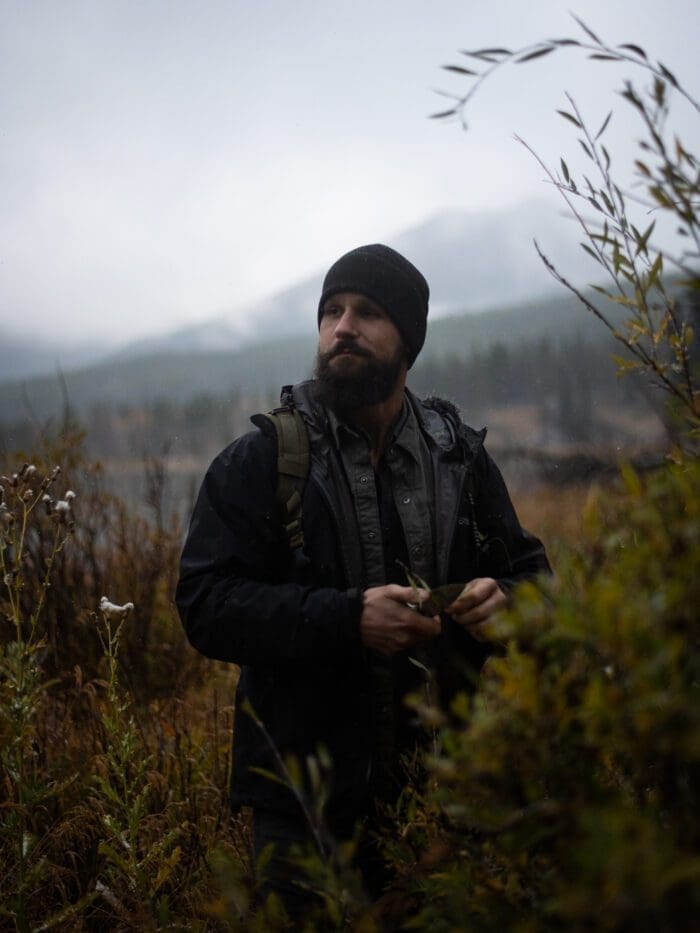
Getting your hands on a great bugout kit is a lot like owning a firearm; it doesn’t do a lot for you unless you really know how to use it. Integrating your bugout kit into an employable strategy is critical to recouping value from your investment.
If you’ve already invested in a concealable vest and/or a set of plates of some kind, you probably already understand some of the benefits of owning armor in at least a vague sense where you’re ready for when SHTF. But should that time come, do you really know what you’re going to do? Did you choose the right product? Does your plan account for unpredictable circumstances and outages in critical infrastructure?
Creating A Plan
If your plan is to bug-in during a large-scale catastrophe, you have a lot of preparation to create a home that doubles as a secure compound. That doesn’t mean erecting barbed wire fencing or spending a lot of money on overt things that create the appearance that you have stores of goods for the taking—you don’t want to make yourself an obvious target, and you also don’t want to look like a lunatic given that the timeline you’re operating on has no definitive date of action, if ever. A lot of military and LEO personnel understand that the vast majority of security infrastructure relies almost entirely upon humans to enforce and maintain. A very expensive fence is easily defeated by a vehicle or some basic hand tools without watchful gate guards. Homes are built from highly flammable materials, and it’s easy to get smoked out or burned out by a single incendiary device.
One of the best things that armor does to enhance your plan is that it provides a layer of security for yourself and your loved ones that can’t so easily be accomplished through infrastructure changes to your property. Body armor goes with you everywhere and provides an enhancement that goes beyond shelling out huge piles of cash to line your walls with steel plates and concrete. Plus, it’s extremely affordable.
Your family should know how to access and use their armor systems in case of an emergency, and have a Plan B and Plan C for rendezvous points you can reasonably believe are safe and secure in most circumstances. Creating a plan that is too complicated can guarantee failure. These points should be reasonably close to home without needing access to infrastructure such as major highways which are easily compromised as we saw in 2020, and without using things like cellular data, GPS, or other ‘grid’ tools that make our lives convenient and easy every day. Since any large-scale disaster or emergency will inevitably trigger mass movement and panic, your plan should account for 3rd party services of any sort being unavailable to you. Communication lines routinely go down or are consistently jammed by mass simultaneous use, and roads could be destroyed, flooded, shut down, or jammed with stopped traffic. It will also benefit you to choose areas that have natural resources like water and naturally-occurring plant-based foods that require little to no processing to consume.
While it can be tempting to craft a ‘lone wolf’ strategy, your biggest assets in any emergency will be the relationships you have with your friends, neighbors, and co-workers. These are not just extra mouths to feed; they’re extra sets of eyes, ears, hands, feet, and brains. Cooperation instead of competition will greatly increase your chances of surviving and thriving through any major disaster, in addition to increasing your group’s skillset and tradable goods and services. Ensuring your bug-in group has the proper tools at their disposal will enhance your capabilities and unit cohesion. Make sure your group is properly equipped with all the basic tools necessary, including armor.
If your plan is to bugout in case of an emergency, it might surprise you to find out that most people simply pack a bag with camping toys that look like survival tools and call it done. In fact, identifying 3 potential rendezvous or bugout areas is the single most important part of the plan. Many city dwellers say something like, “we’ll go to the mountains,” without having any plan of concrete action that can be taken in emergency circumstances. It’s sort of like when people say they’re going to drink margaritas on the beach when they retire. What beach? How many margaritas? How long can you do that before you become sunburned or suffer one of the various ailments associated with alcohol consumption? That retirement plan can—in just a few hours—turn into days of sitting inside rubbing aloe vera everywhere and watching daytime TV.
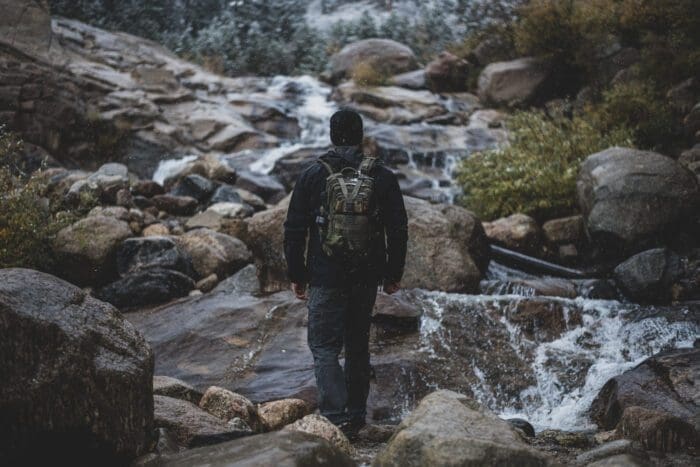 There Is a huge amount of private property in ‘the mountains’ (and everywhere else, for that matter) filled with people that chose to separate themselves from urban and suburban society before a disaster took place for reasons you don’t know. Many properties that are set up for agriculture, homesteading, and other rural lifestyles have already been prepared for off-grid living and are relatively self-sustaining in many regards. They are very well-aware that they are the target area for literally millions of people when something bad happens. What incentive would they have to allow millions of people to suddenly show up and start consuming all the resources in their area? Doesn’t this plan rely on a vast network of grid infrastructure to accomplish such as highways, gas stations, and electronics? Does having the same generic plan as millions of other people sound as if you’ll be in an even worse situation than before? How can you be sure the people living up in the mountains won’t simply shut down the passes in and out before you even get there through hours or days of bumper-to-bumper traffic? Without established locations and relationships with people that hold some level of control over the area you plan to bugout to, your plan is worthless. If you plan to hike in and join a community, what goods or skills are you contributing to the community that would make you welcomed in a time without a vast civilian array of networked electronic communications? Do you have a personal relationship in the area that will get you access? Do you have access to stores of goods at an off-site bugout location that will lighten your travel load and allow you to move with speed over distance and dangerous, inhospitable, or rough terrain where vehicles cannot go due to natural or man-made barriers of different sorts?
There Is a huge amount of private property in ‘the mountains’ (and everywhere else, for that matter) filled with people that chose to separate themselves from urban and suburban society before a disaster took place for reasons you don’t know. Many properties that are set up for agriculture, homesteading, and other rural lifestyles have already been prepared for off-grid living and are relatively self-sustaining in many regards. They are very well-aware that they are the target area for literally millions of people when something bad happens. What incentive would they have to allow millions of people to suddenly show up and start consuming all the resources in their area? Doesn’t this plan rely on a vast network of grid infrastructure to accomplish such as highways, gas stations, and electronics? Does having the same generic plan as millions of other people sound as if you’ll be in an even worse situation than before? How can you be sure the people living up in the mountains won’t simply shut down the passes in and out before you even get there through hours or days of bumper-to-bumper traffic? Without established locations and relationships with people that hold some level of control over the area you plan to bugout to, your plan is worthless. If you plan to hike in and join a community, what goods or skills are you contributing to the community that would make you welcomed in a time without a vast civilian array of networked electronic communications? Do you have a personal relationship in the area that will get you access? Do you have access to stores of goods at an off-site bugout location that will lighten your travel load and allow you to move with speed over distance and dangerous, inhospitable, or rough terrain where vehicles cannot go due to natural or man-made barriers of different sorts?
Even in a bugout situation, your ability to survive, thrive, and move depends largely upon the willingness of others to permit you to do certain things. Your armor setup should protect you enough to allow you engage in commerce at a distance at a minimum or get you to a community where your skills or goods are needed. Plus, it’s always a tradable commodity. With RMA’s five and ten-year guarantees, you can keep your kit for a long time and demonstrate its continuing value to any potential trading partner thanks to RMA’s well-known durability and reliability.
Equipment
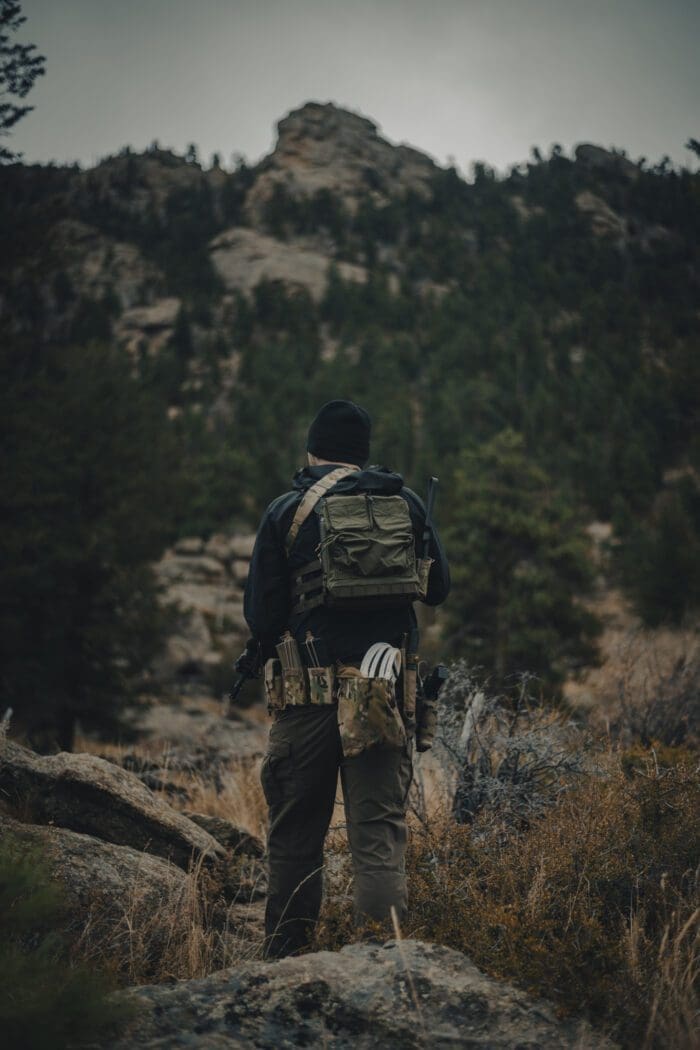
Equipment selection invariably depends on what your plan is. If your plan is to bugout and hike into the mountains, there are various threats to consider. .30 caliber and higher magnum rounds are in common use in areas with big game such as bear, moose, and elk, but heavy armor solutions will soak up calories and water to move around; exhausting your body, slowing your pace, and inevitably forcing you to create a larger footprint and heavy spore as you consume more resources across the terrain. Military personnel understand that both humans and animals will naturally seek out the path of least resistance to conserve energy and time moving across rugged terrain. Be aware of this and create your equipment loadout to aid in moving between ridgelines and rivers where there is plenty of cover and concealment. Don’t walk into the areas people are already out hunting. Moving along a slope means a lot of unbalanced travel. Heavy equipment like steel armor will continue to exhaust your body and force you to constantly descend to water sources and then ascend out of that bottleneck over and over again. Keeping a small, lightweight setup that carries essentials to aid in bushcraft and other skills utilizing available natural resources with minimal landscape impact will help ensure you maintain speed, a smaller footprint, and minimal resource expenditure on your journey. The RMA Level III+ 1090 plate is perfect for mitigating most common rifle threats and maintaining an ultra-lightweight armor kit to assist in this task.
If you’re staying in your home, you have a lot more room to pick and choose your gear since foot mobility isn’t as important. Assess what equipment your community police are typically using and build from there. Most municipal police departments encourage or require the use of level II or IIIA soft armor on duty since most urban ballistic threats come from handguns. This keeps their PPE lightweight, scalable, and strategically on-point while making minimal compromises in ergonomics and cardiovascular endurance. Since soft armor can defeat far more total pistol rounds than hard armor and provides better coverage, ensure you have at least one soft armor vest before moving to hard armor plate setups. In case of a long-term scenario, you won’t regret having two to replace a compromised set of armor, to kit up a friend or loved one, or to trade for something else you need. Since body armor ownership is very limited among the civilian population, you’re guaranteed a high price tag in cash or trade. Level IV plates can be an ideal scalable upgrade in this situation. They offer maximum protection and at their current price can be obtained in multiple pairs for easy replacement or trading. RMA’s 1155 plates protect against even armor-piercing ammunition and our 10X12 plates have a near-universal fit among plate and armor carriers.
If your bugout solution is more of a boat-out solution to get away from land chaos and do some fishing, you’ll want to get your hands on our level III plate that is so light, it actually floats in water. While you probably don’t want to use it as a life preserver, its positive buoyancy won’t act as an anchor if you fall in the water with your kit on. Plus, you’ll want to minimize mass in armor to keep better stores of supplies on your vessel. Your boat will only hold less than it displaces, and that’s valuable space and weight!
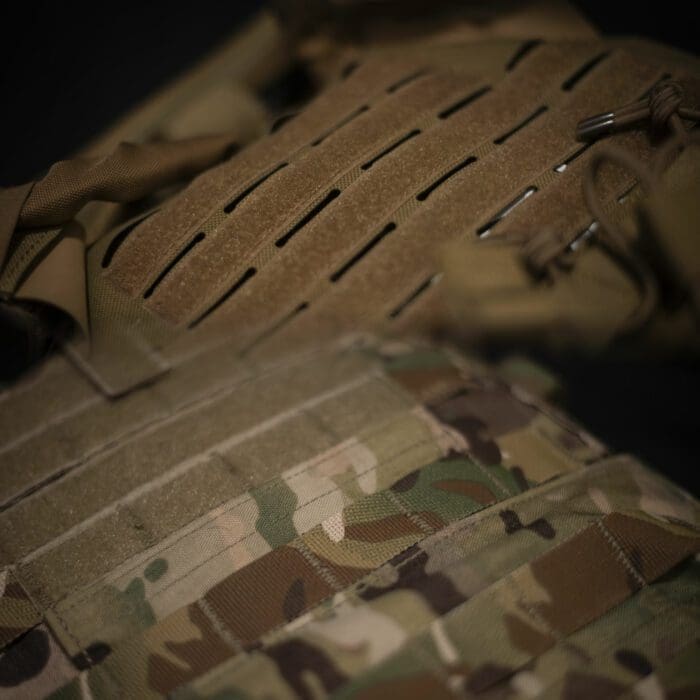 Loadouts
Loadouts
Sure you’ve got bugout armor, but what are all those straps and/or holes all over the front and back of the carrier? These straps are generally called MOLLE or PALS webbing. Sometimes it takes the form of sewn straps, and sometimes it looks like laser-cut slits on a single face of fabric. The idea is that you can weave pouches on there to offer chest-mounted access to anything you might need—and I mean anything. Just the other day, I saw a MOLLE pouch designed specifically to hold a pack of cigarettes. We have achieved peak tactical modularity–I’m sure of it. Former military personnel will recall CONUS training assignments where you found that a Snickers bar fit perfectly in a pistol magazine pouch, or the BFG can of Monster fit perfectly in your triple stack mag pouch where there was no separator between the first two magazines. There are all kinds of creative uses for required equipment even with the same pouches, no matter your op. So how do you load it out, and how should you load it out?
The ‘how’ is relatively easy. When you try to attach a pouch, you’ll notice that the webbing on the back of the pouch is perfectly offset from the webbing on your carrier. That’s so you can weave your attachment straps in and out, creating a very secure attachment. How secure? Try taking it off again.
Though this webbing style is a little ‘old’, we still use it today. But there are a few other attachment methods you may encounter such as Velcro and Swift Clips. Swift Clips are largely those same plastic clips you’ve been using on backpacks for your entire life. Combined with a large patch of Velcro behind your pouch panel, it’s quick and easy to attach and detach different loadouts for different purposes. Plus, you’re saving a lot of space and weight since you don’t need to use all that webbing, strapping, and snaps. You’ll find this system on our Crye Precision JPC 2.0.
Why would you want chest-mounted access to supplies? Good question. Since the vast majority of all of our ‘pointy end of the spear forces’ in the US are men, most field equipment has been designed with us in mind. For men, our center of gravity is in our chest and shoulders. For women, it’s in the hips. If you’ve ever been to USMC boot camp and you’ve had to run with full canteens on your war belt, you’ll recall how ridiculously exhausting it was since those were misaligning weight distribution on your core and actively fighting against you the whole time. Remember how your drill instructor wore their canteen on their back just below their neck and they could outrun the fastest recruits with it? In recent years, police officers discovered this and began redistributing their weight loads to their ballistic vest instead of their belts. There is a substantial increase in short and long-term cardiovascular capabilities when you’ve mounted that weight in an ergonomic way. For women, a belt isn’t such a big deal since they have already mounted that weight in an ergonomic way according to how their bodies are built.
But there are more benefits to chest-mounted supplies than just weight distribution. When it comes to critical access supplies such as ammunition, immediate access and use can mean the difference between life and death. Despite all the advancements in armor technology, it can still act as a visual and physical block against your belt. Without substantial muscle memory training on a belt rig, you’ll be fumbling for your magazine when you need it most. Thinking of keeping it in a backpack? How much time do you think you’ll have to identify, travel to, and hide behind cover or concealment, get your bag off your body, unzip it, dig through, pull out a magazine, and slam it home?
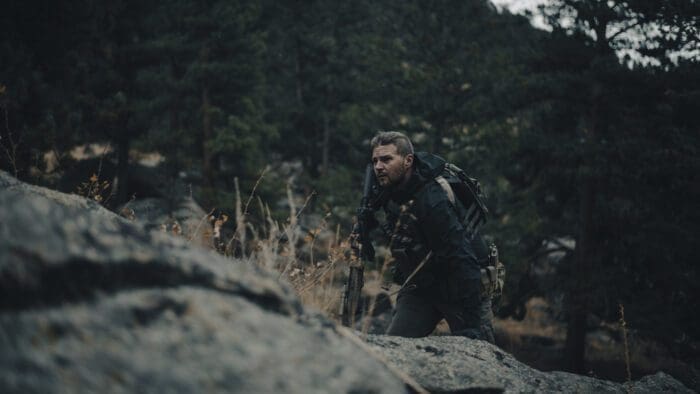
Mounting your ammunition directly on your carrier provides not only immediate access at all times, but you can often see it in your bottom peripheral vision, helping speed up the process. It helps close the distance between your ammunition storage area and your firearm—so close that many practiced shooters have their reload times well under 1 second consistently. Most military personnel learned to carry a 6+1 load, or 6 magazines on your vest and 1 in your rifle. That’s 210 rounds at 30 rounds per standard capacity magazine, which ideally should be enough to sustain you in a fight until you can escape or be resupplied. We’ll discuss managing the layout of your kit along with belt options in another post.
So you’ve got carrier-mounted ammunition, but what else would you want on a bugout vest? It’s true that some people go for the ‘cool guy’ look and mount everything including the kitchen sink on their vest. It’s unwise and unnecessary. What you load on your vest should be things you need immediate access to in an emergency situation. You can keep food and other essential items with longer time preference in your pack. Every loadout should include a trauma pack. Not a first aid kit, a trauma pack. A first aid kit might include Neosporin, gauze, and some Band-aids. You don’t need Neosporin and Band-aids. A proper combat trauma pack will have Quik Clot gauze, a needle and valve set up to relieve tension pneumothorax, a tourniquet, and other tools vital to creating temporary life and limb-saving fixes for injuries directly related to combat. RMA has two different kinds of IFAKs to go with your kit. To go along with it, ensure you attend and participate in training like Stop the Bleed so you know what to do and how to do it. Remember that the kit you’re wearing should be used on you by another person. Carrying a second kit to take care of somebody else is also extremely important.
 Conclusion
Conclusion
Once you’ve satisfied stopping holes (armor), plugging holes (medical), and making holes (weapons), your bugout kit is up to your preference. Some people prefer extreme ammunition loadouts, and others want to have maps, compasses, glow sticks, breaching charges, smoke devices, and all sorts of other things depending upon their bugout mission profile. The beauty of the Swift Clip system on the Crye JPC 2.0 as we discussed above is the easy on and off switching for different profiles and loadouts according to your mission at hand. You can maintain one set of armor and multiple placards with different items to achieve different things and change them at a moment’s notice.
The biggest thing to remember is that these tools aren’t only useful in a full-on bugout end-of-days type situation. Many of these pieces of gear, methods of planning, and training sessions can help improve your life and the lives of those around you in everyday scenarios. Your trauma kit and training can save the life of someone that’s fallen and been injured while out hiking or in an active shooter scenario. Your firearms and ammunition stores can be used to start fire, cauterize wounds, signal for help, and acquire food in an emergency survival situation. Your soft armor vest can be an invaluable layer to protect your body from cold weather and blunt force trauma such as a steering wheel hitting your sternum in a car accident. Your new UHMWPE or ceramic plates can sit comfortably in your carrier ready for anything while you use your old AR500 plates as a camping griddle. Ensuring you’re carrying not just the right bugout kit, but the right mindset will carry you through any emergency.
Still have questions? Ask us! We’re available through Facebook chat on our page at www.facebook.com/rmaarmament or call 866-978-7103.
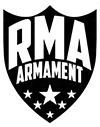






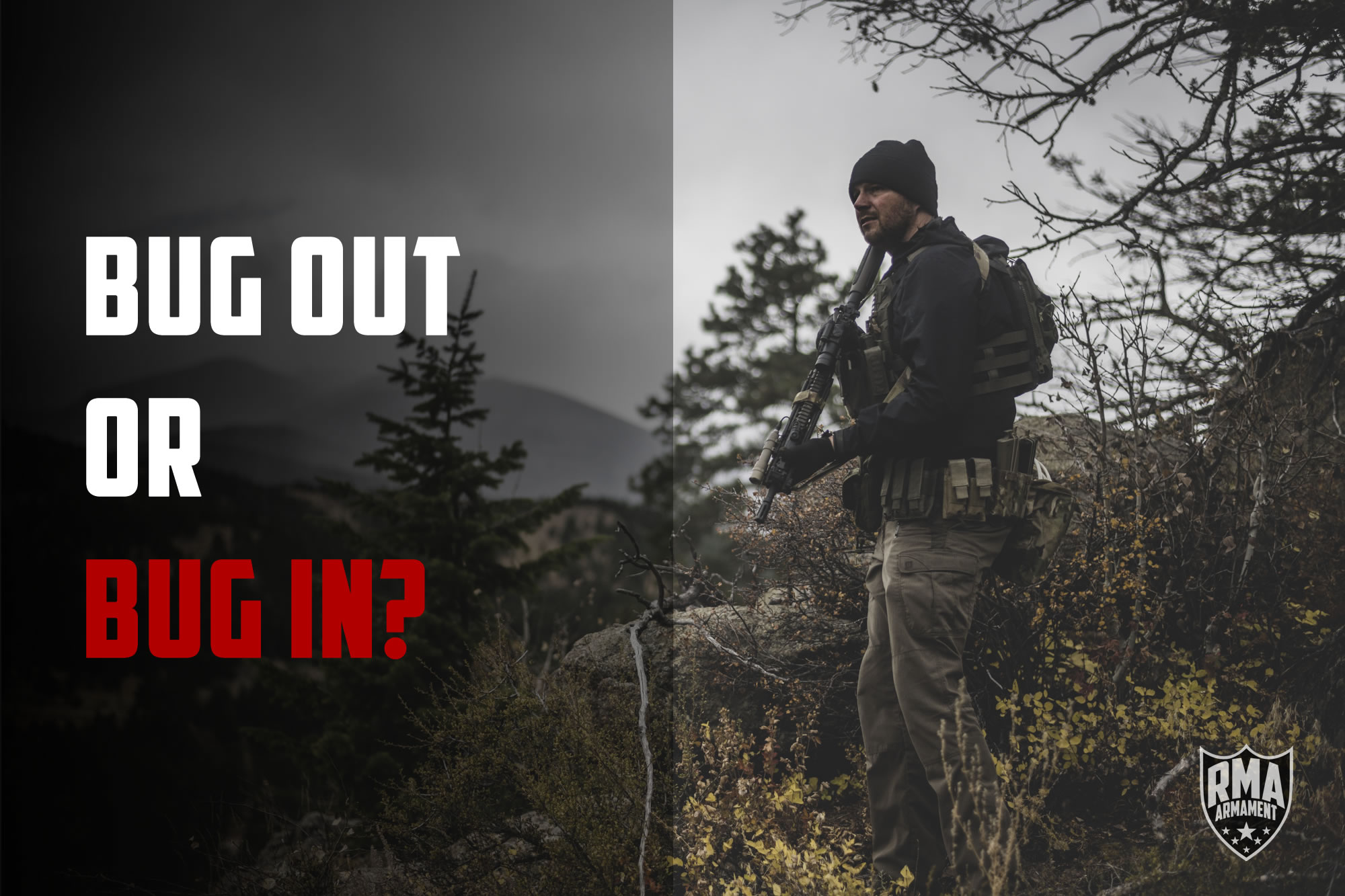

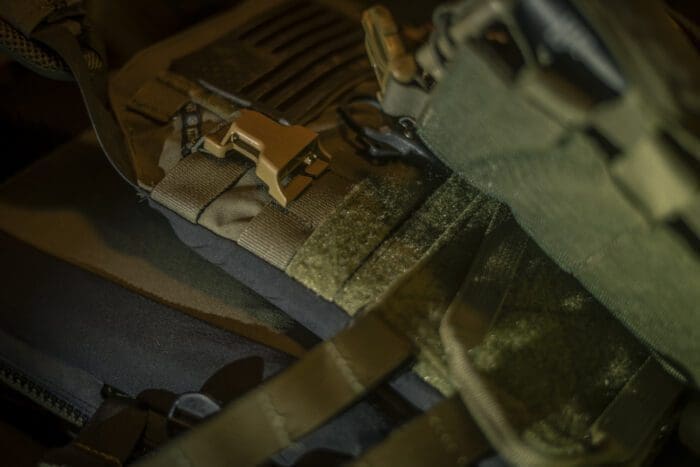 Conclusion
Conclusion